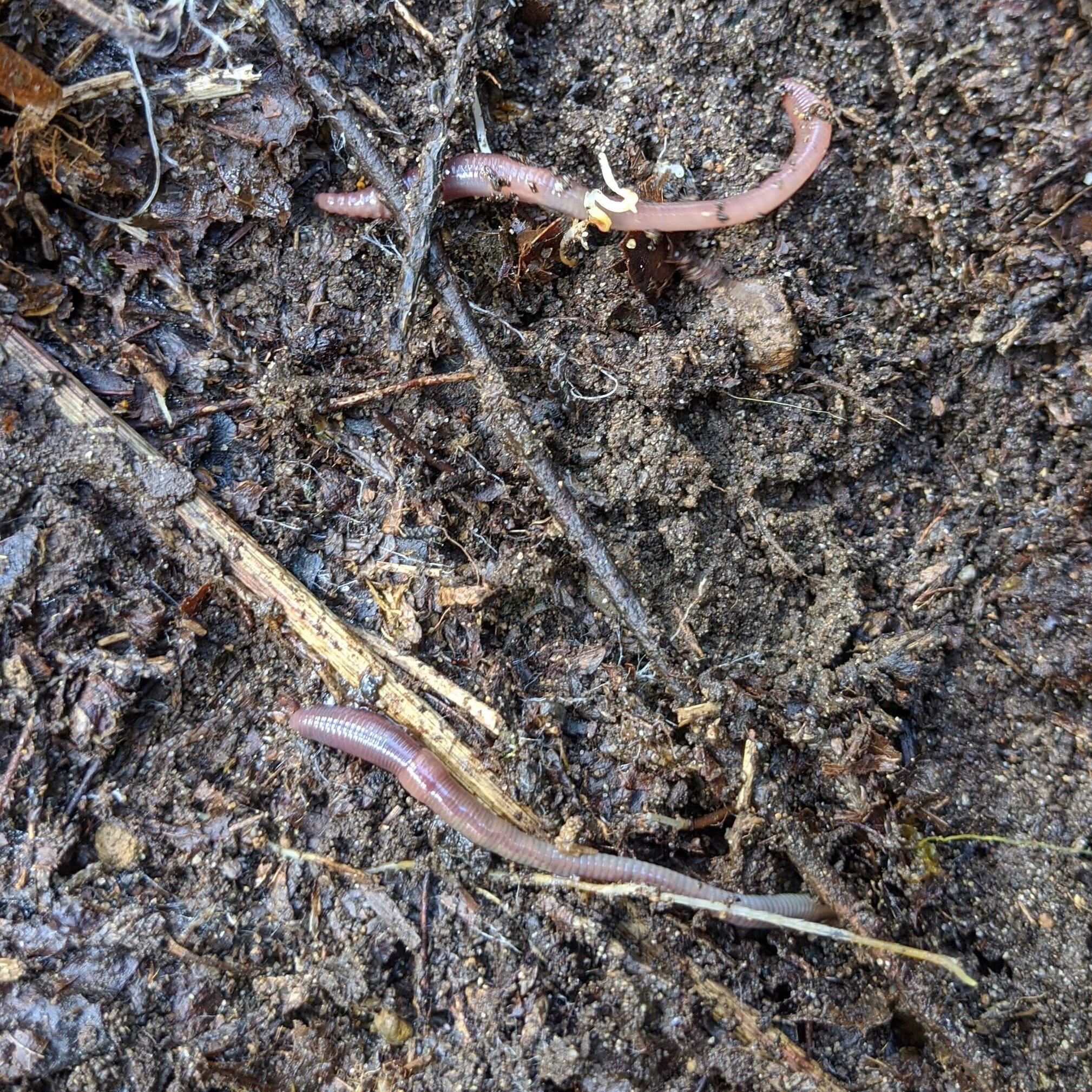Worms!
/Earthworms at camp
When flipping over logs or digging in your backyard, you are likely to find an earthworm hiding from predators in the moist soil. Earthworms are a very important part of the forest, helping decompose matter to recycle the nutrients in the soil. They are also often used in compost systems to break down fruits and veggies into compost that can be used in a garden. Although there are over 1,800 species of earthworms, they are just a small portion of the worms on Earth. Worms are common in many environments all around the world. Marine worms are some of my favorite creatures to find when exploring the beach.
The animals we call “worms” actually belong to nine different phyla. The most common worms are found in three of those phyla: Platyhelminthes, Nematoda, and Annelida. All worms are invertebrates, having no bones. Most worms have head and tail ends, as well as simple organs. They even have a simple brain.
Platyhelminthes
Can you find the eyespots? Photo: https://www.nwnature.net/hood_canal/index.htm
This is the phylum of flatworms. Flatworms can live on land or in the water (salt and fresh). Many are parasites, feeding off a host animal. Some flatworms live symbiotically with other organisms, helping their host in some way and gaining food from them. The species that live without a host are predators, eating other small animals. Non-parasitic flatworms are small, generally no more than four inches long. Occasionally, if I am lucky, I find a flatworm on the beach under a rock or shell. I like these worms because they look like they have eyes. They are not complicated eyes like we we have, but they are known as eyespots and can detect light and dark. While the flatworms I usually find blend in with the rocks, there are many marine flatworms that brightly and beautifully colored.
Nematoda
Caenorhabditis elegans is often used in scientific experiments studying DNA GIF: https://manoa.hawaii.edu/exploringourfluidearth/
These roundworms may be the most common worm in the world. If you have never seen one it may be because many free-living roundworms are very small, often microscopic. Nematoda means “thread-like.” However, there can be thousands in a small handful of damp soil. Roundworms can be herbivores, carnivores, or parasites. They are the simplest animal with a one-way digestive system. Their food enters in a different place from where their waste leaves, unlike Cnidarians and Platyhelminthes. If the environmental conditions around them are bad, roundworms can go dormant. They will wake up once the conditions are right again.
Annelida
Polychaete on camp’s beach. Do you see the segments?
This phylum of worms is likely the one you are most familiar with because it includes earthworms. Annelida comes from a Latin word meaning “rings.” This is the phylum of segmented worms. Look closely at an earthworm and you will see their body appears to be made of rings that are stuck together. The lines on their body separate the segments of the worm. They have more advanced organs than the other two worm phyla I have mentioned, including a closed circulatory system where their blood stays in hearts and blood vessels instead of just floating around the body. They have five heart-like organs! Leeches are another member of this phylum. We can also find many Annelids on our beach, from the Polychaete “Clam worms” underground to the tube worm tubes sticking out of the sand or attached to the pier pilings. Polychaetes are another favorite of mine to find because the look like they have little legs. These legs are called setae and are bristle-like projections that help them dig through the sand. I have to be careful when pulling them out of the ground because some species have a venomous bite. Also, because they are segmented, they break easily. This is actually a strategy to protect themselves. If a predator gets a hold of the worm, the worm can break and then regrow their lost part of their body.







